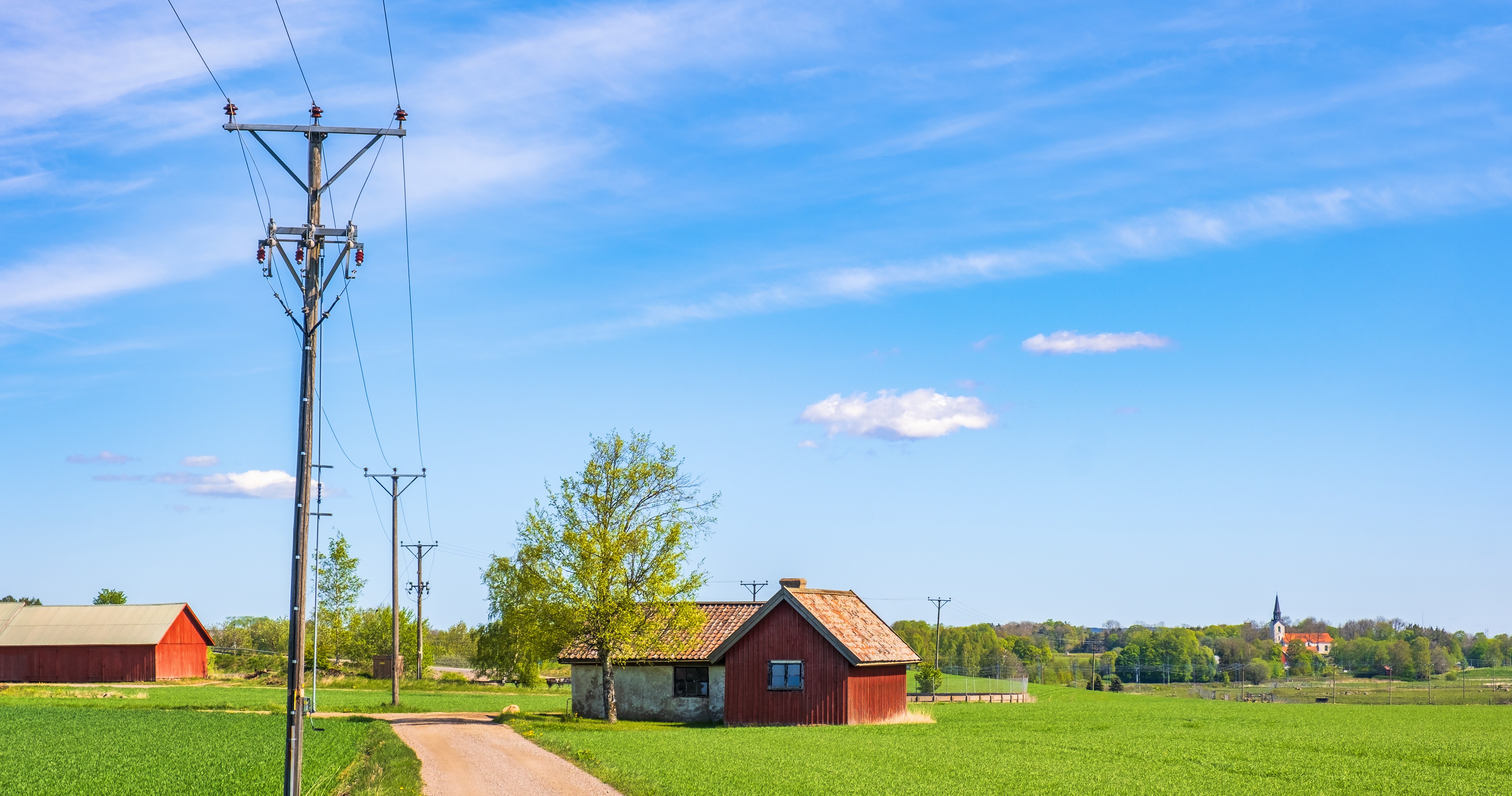2013 in Review: Looking Back on Efficiency’s Year
Let's Save Energy
Alliance to Save Energy's Blog

As we reflect on the accomplishments of our personal lives over the last year let’s also revisit energy efficiency’s year, which, by the way, was pretty busy.
Energy Efficiency’s Doppelganger Took Center-Stage
Enter ‘energy productivity.’ Technically, it has been around all along, but energy productivity rose to acclaim thanks to political advocacy by the Alliance and groups around the nation. We began to pay attention to the economic jump-starter that it can be – because who doesn’t want to get twice as much GDP for each national energy “dollar?”
It’s the foundation of Energy 2030, a set of landmark policy recommendations introduced this year by the Alliance Commission on National Energy Efficiency Policy that would double the nation’s energy productivity by 2030. And it also became a goal for the President when he challenged the country to “cut in half the energy wasted by our homes and businesses over the next 20 years” during the State of the Union, included doubling energy productivity as a key strategy in his Climate Action Plan, and when he announced the energy efficiency Race to the Top challenge for states in his 2014 budget (an Energy 2030 recommendation).
But it didn’t stop there.
Energy Efficiency Was Made a Game-Winning Strategy
As we’ve previously written, the Administration embraced energy efficiency throughout the year by:
- Featuring energy efficiency prominently in the President’s Climate Action Plan, which details establishing power plant carbon standards, building a 21st-century transportation sector, reducing energy bills for families and businesses, investing in RD&D, reducing emissions, modernizing the grid, and more.
- Expanding the Better Buildings Challenge to include multifamily housing, and incorporate new accelerator programs for building data, performance contracting, and energy performance certification.
- Pledging that federal agencies will continue to expand their use of energy savings performance contracts (ESPCs), to increase efficiency in federal buildings at no cost to taxpayers.
- And by launching the Energy Efficiency and Loan Conservation Program, providing $250 million for energy efficiency retrofitting projects in rural communities.
We also gained two staunch energy efficiency champions in the Administration, with the naming of Dr. Ernest Moniz as Secretary of Energy and Gina McCarthy as Administrator of the EPA.
The Department of Energy (DOE) kept busy, publishing methods for estimating energy efficiency savings, creating protocols that will offer consistency and increase the credibility of the reported savings from energy efficiency programs. And in his very first speech as Energy Secretary (which took place at the Alliance’s EE Global), Secretary Moniz pledged to address the backlog of delayed appliance and equipment standards. Most recently, the agency initiated the rulemaking process for establishing efficiency standards for electric motors. DOE estimates that the new rules, once implemented, will save up to $23 billion in avoided energy costs over 30 years.
Benchmarking Got Put in the Game
Cities across the country stepped up to the plate, putting in place rules that require large commercial buildings to benchmark and report on their energy use.
- Minneapolis unveiled its own building Benchmarking and Disclosure Ordinance in February. With estimates that it will affect over 600 large commercial buildings, the new ordinance will greatly impact the city’s goals to reduce GHG emissions by 15% by 2015 and by 30% by 2025 compared to 2006 levels.
- In September, Chicago’s City Council voted 32 to 17 to approve the Building Energy Use Benchmarking Ordinance. Building energy use represents 71% of Chicago’s GHG emissions, so the ordinance will also help the Windy City achieve its Climate Action Plan goal of reducing emissions 25% by 2020 compared to 1990 levels.
- The City of Boston introduced its Building Energy Reporting and Disclosure Ordinance in May. The ordinance is expected to affect approximately 1,600 commercial and residential buildings.
While we’re on the subject of buildings…
What do Atlantic City, Dallas, and California have in common? Building codes, that’s what!
Local and state governmental officials rejected dozens of builder-sponsored home efficiency rollback proposals in meetings convened by the International Code Council (ICC) in Atlantic City to develop the 2015 International Energy Conservation Code (IECC). Energy Efficiency Codes Coalition Executive Director Bill Fay explained the enormity of this feat:
“By dismissing efforts to roll back the historic 30% efficiency gains we won three years ago in the 2012 IECC, ICC governmental members avoided what would have been the single biggest step backward in energy efficiency ever adopted into the model energy code.”
And, Dallas implemented mandatory green building standards for all residential and commercial buildings, becoming one of the first U.S. cities to do so. Looking ahead to 2014, California (that’s right, the entire state) will implement its green building standards code beginning January 1st.
Capitol Hill Raised the Stakes…Sort of.
Over the course of the year, a bevy of energy efficiency bills and amendments were offered in Congress.
Of acute importance is the bipartisan, comprehensive energy efficiency bill, the Energy Savings and Industrial Competitiveness Act (S.1392, and also known as the Shaheen-Portman energy efficiency bill) introduced by Sens. Jeanne Shaheen (D-N.H.) and Rob Portman (R-Ohio). In September, the Senate began consideration of Shaheen-Portman but the bill stalled on the floor due to the health care-related debate, government shutdown, and debt ceiling deadline. Reps. David McKinley (R-WV) and Peter Welch (D-VT) are sponsoring companion legislation (H.R. 1616) in the House.
This year also saw over 40 pieces of energy efficiency legislation, many of which were introduced as potential amendments to Shaheen-Portman, including the:
- Energy Productivity Innovation Challenge, previously known as the State Energy Race to the Top Initiative (and one of the key recommendations from Energy 2030)
- SAVE Act
- Better Buildings Act (TENANT STAR)
- All Of-The-Above Federal Building Energy Conservation Act (Hoeven-Manchin)
- Streamlining Energy Efficiency for Schools Act
- WAP/SEP reauthorization
- HOMES Act
- MLP Parity Act
- And many more.
However, because of a gridlocked Congress none of these bills or amendments were enacted into law. The Alliance will continue to work with the bill’s principals and other stakeholders to include the most effective amendments in next year’s iteration of the Shaheen-Portman bill.
Till Next Year
This year energy efficiency made strides in a myriad of sectors and levels of government, but I’m looking forward to a 2014 with even more action.
I would need a much longer blog post to encompass the entirety of action on energy efficiency this year. What efficiency efforts are missing from this review and what EE efforts are you hopeful to see happen in 2014? Offer your thoughts and ideas in the comments and don’t forget to add your voice to the debate by demanding Congress take action on energy efficiency!
STAY EMPOWERED
Help the Alliance advocate for policies to use energy more efficiently – supporting job creation, reduced emissions, and lower costs. Contact your member of Congress.
Energy efficiency is smart, nonpartisan, and practical. So are we. Our strength comes from an unparalleled group of Alliance Associates working collaboratively under the Alliance umbrella to pave the way for energy efficiency gains.
The power of efficiency is in your hands. Supporting the Alliance means supporting a vision for using energy more productively to achieve economic growth, a cleaner environment, and greater energy security, affordability, and reliability.



